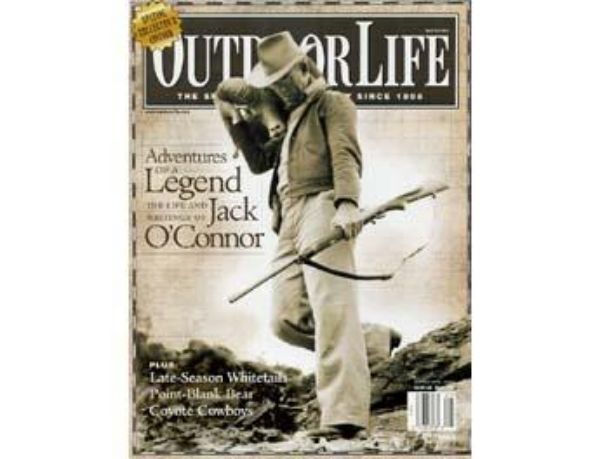FiveInADime
New member
I am surprised you are getting flak for the size of the scope. I think it fits the rifle perfectly. A lot of people set in their ways, I suppose.

FiveInADime said:I am surprised you are getting flak for the size of the scope. I think it fits the rifle perfectly. A lot of people set in their ways, I suppose.
reynolds357 said:Mystro, why is 30mm "the only way to go?" To be honest, I have not kept up with the latest in the 1" vs 30 mm debate, but its my understanding that the only advantage a 30mm tube has over a 1" tube is more minutes of adjustment. Optically they are equal. I use both and am not biased against either or toward either. Just curious.

Mystro said:It would be interesting to directly ask the top optic companies why they only use 30mm tubes for all their best (low and high magnification) scopes ???

Mystro, what I was told by a friend who has engineered scopes for for two of the highest end optics companies in the U.S. is that the high end scopes use 30 mm tubes for two reasons.
1. They can make the 30mm tube scopes have several more minutes of adjustment than a 1" tube.
2. The public misconception is that the 30mm tube is better than the 1" tube.
If we are talking about the difference between 30mm and 1 inch tube scopes and assume that optical quality is identical there is no difference whatsoever in light transmission. I may not have as much experience with different high end scopes as many other people here, but I do have a pretty decent idea of how an optical system works due to my background: I have a degree in applied physics specializing in optics from Caltech and I work with optoelectronic devices for Raytheon (lately, next generation night vision weaponsights and goggles).
I've seen a lot of passionate arguments on this here and on other forums. People keep on referring to this as an opinion, but it really isn't. It is a cold, hard scientific fact: with the same objective size, same optical quality and same number of lens surfaces, in absense of vignetting (non-issue for rifle scopes), 30mm and 1 inch maintube scopes will have identical light transmission.
I apologize if I ruffled anyone's feathers with this, but this issue needs to be put to rest.
Ilya
30mm scopes were first made in Europe years and years ago for two reasons.
1. Everything was done by hand and a large tube was needed to be able to build the scope.
2. They are on the metric system.
When we started building scopes in the U.S. technology had advanced some and being on the Standard system we built our scopes with 1" tubes.
The German scopes were and are superior because they use better glass, better coatings and better craftsmanship. Most people assume that bigger is better and that must be the reason why German 30mm scopes are brighter. It did not take long for U.S. and Asian scope makers to catch on to this and start offering 30mm scopes. It worked for a while but more and more people are learning the truth with the advent of the Internet. When Leupold first offered a 30mm tube in a hunting scope, they named it the Euro. 30. A competitor dissected one and said, B.S. that scope has 1" guts with a 30mm tube. Leupold's spin doctors quickly changed the name of the new 30mm line of scopes to LR or Long Range and released press releases stating that this new line of scopes has 1" internals with a 30mm tube to allow for more elevation adjustments.
Bottom line is 30mm scopes are 30mm because of the Metric system, they can be brighter than a 1" scope with all other things being equal (# of internal lenses and diameter of objective especially) if the maker takes advantage of the larger internal lenses in a manner that manages the light better (cutting down on distortion and stray light loss). 30mm scopes are also stronger and usually heavier. Biggest advantage is more internal adjustment travel for long range shooting.
